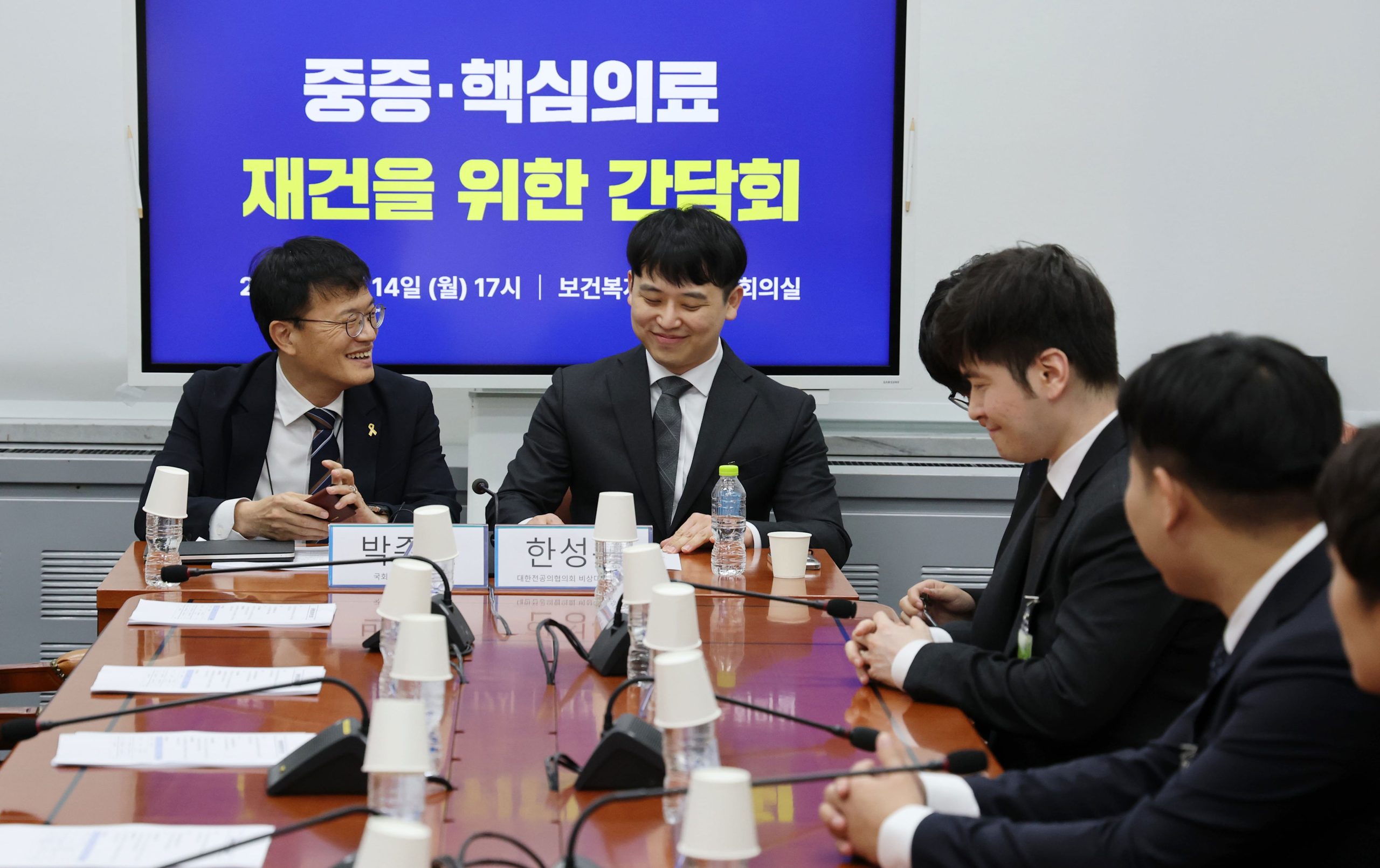South Korean Trainee Doctors Consider Return to Hospitals in September
Trainee doctors in South Korea may be preparing to return to hospitals in September, signaling a possible resolution to the ongoing conflict with the government that began in early 2024. The Korean Intern Resident Association (KIRA), which represents thousands of junior doctors, is expected to recommend an unconditional return for all residents during the upcoming fall recruitment cycle. This decision marks a significant shift in strategy and could represent a turning point in the long-standing dispute.
The association, which has been at the center of the controversy over the previous administration’s revised plan to expand medical school admissions, has adopted a “return first, negotiate later” approach. This decision was confirmed on July 14 and comes as public frustration grows over the prolonged absence of trainee doctors from hospitals.
KIRA plans to formalize this new policy after a general assembly of trainee representatives from hospitals across the country, scheduled as early as July 19. On July 14, group leaders also met with Rep. Park Ju-min, chair of the National Assembly’s Health and Welfare Committee, as part of preliminary discussions before broader negotiations.
Experts suggest that the change in stance is partly due to increasing public pressure. A January poll conducted by Seoul National University’s Graduate School of Public Health found that 88 percent of respondents believed the extended medical walkout had negatively affected patient care. Senior physicians and medical professionals have reportedly encouraged KIRA to adopt an unconditional return policy to reduce resistance from government officials.
In addition to the return decision, KIRA is also preparing a list of policy demands to present to the new administration. One key request involves revisiting the former government’s “essential healthcare support package.” Specific proposals include expanded legal protections for doctors involved in unavoidable medical accidents and increased incentives for physicians working in rural or underserved areas, where monthly subsidies currently reach a maximum of 4 million won (approximately $2,900).
Other proposed measures include temporary exceptions for returning residents. These include a special deferment of mandatory military service and an early licensing exam window in August 2026, ahead of the standard 2027 schedule. The Ministry of Health and Welfare is reportedly reviewing these proposals internally. With the ruling party emphasizing the need to “normalize” healthcare services, some of these demands may be accommodated.
However, the proposed return is not without controversy. On July 14, the Korea Alliance of Patients Organization—a coalition of nine patient advocacy groups—held a press conference warning against preferential treatment for doctors and students who had left their posts. The group stated that if those who refused to return are welcomed back with special privileges, it would undermine fairness and public trust.
It remains uncertain how many doctors will ultimately return to the training system. Of the 13,531 residents who resigned in 2024, only 2,532 are currently working in training hospitals, representing a return rate of just 18.7 percent. Some physicians estimate that this rate could rise to 60 to 70 percent if the government shows flexibility on key issues. While roughly 60 percent of the departed residents are now practicing in private clinics, many are reportedly considering a return to complete board certification.
Despite potential reinstatement, doctors in high-liability, low-compensation specialties such as internal medicine, general surgery, pediatrics, and obstetrics—often referred to as “essential fields”—remain hesitant due to low reimbursement rates and frequent legal disputes. In contrast, residents in dermatology, ophthalmology, and plastic surgery—specialties with greater earning potential post-certification—are expected to return in larger numbers.







